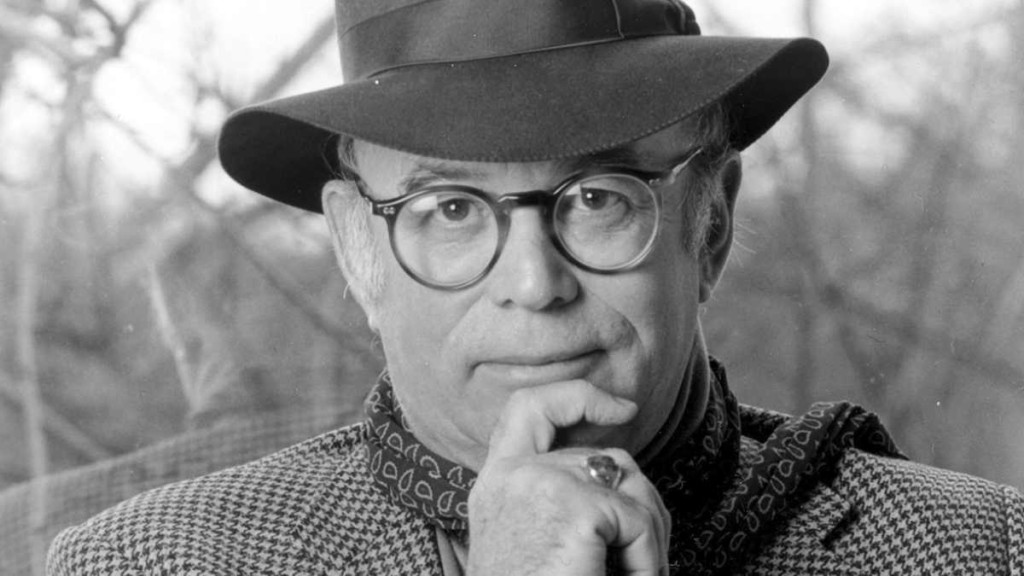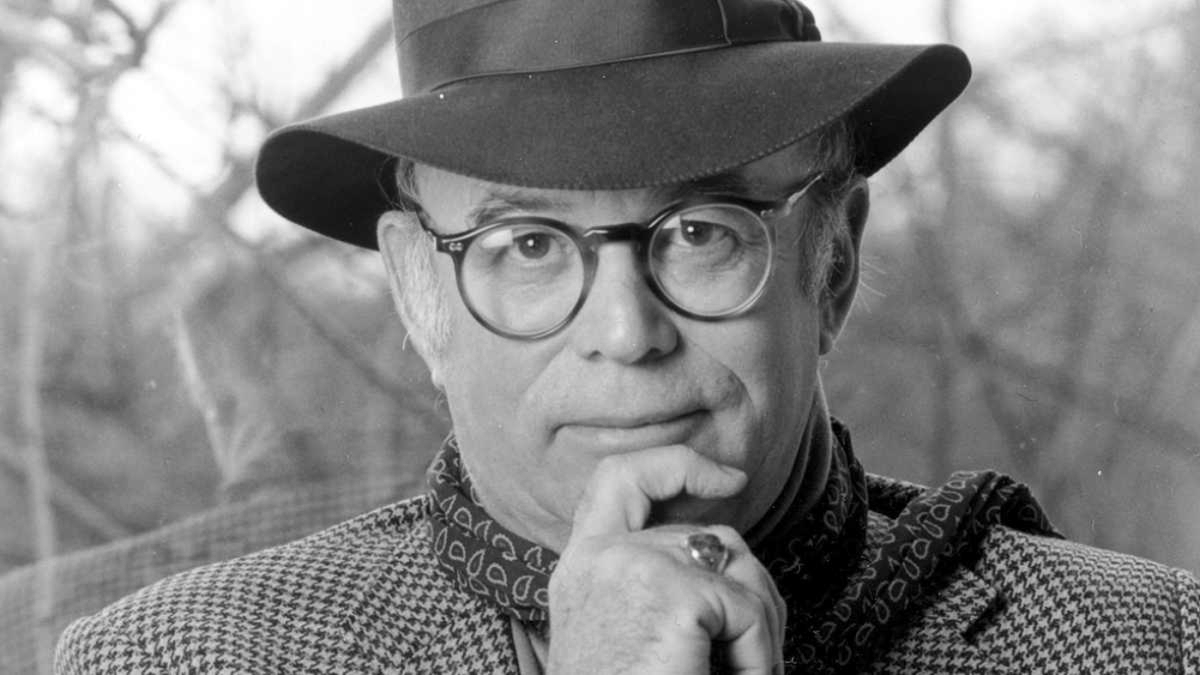Review by W.A. Demers; Photos Courtesy of Pook & Pook
DOWNINGTOWN, PENN. – George “Frolic” Weymouth, who passed away in 2016, was a skilled artist, dedicated philanthropist and conservationist, as well as a source of good humor to those who knew him. So it was no surprise that Pook & Pook’s special summer auction on July 14, featuring antiques and art removed from his farm, Big Bend, in Chadds Ford, attracted a great crowd and recorded some equally great prices. Featured were about 130 items that “Frolic” used to furnish and decorate the period home.
“We were so pleased that this sale fell into our lap,” said Deirdre Pook Magarelli, vice president. “It was an extraordinary July sale. RSVPs for the complimentary wine and hors d’oeuvres reception prior to the sale poured in and we had to order extra food.” The auction itself saw a crowd of about 150 in the gallery, 80 of which were registered to bid. Online registered bidders numbered more than 350, with 169 actively bidding and winning 45 of the lots offered. In all, the sale grossed close to $100,000, exceeding the firm’s expectations.
“Frolic Weymouth was a dynamic person who was admired and appreciated by friends from coast to coast,” said Pook & Pook’s president Ron Pook. “He was a noted equestrian who mingled with both royalty and noted fellow horsemen. He was an extremely talented artist in the Brandywine Valley tradition. Most notably, he was a true philanthropist whose generosity will benefit generations. He was a true gentleman.”
Weymouth was born in 1936 to George Weymouth and Dulcinea (née du Pont) Weymouth and spent the majority of his life living in the Brandywine Valley. He is best known for his vibrant personality, artwork and conservation efforts, including founding the innovative Brandywine Conservancy and Brandywine River Museum of Art. His artwork, created over a six-decade career, included several celebrated portraits, landscapes and flower studies, many of which reside in the collections of top American museums.
Frolic studied the use of egg tempera with good friend and neighbor Andrew Wyeth and maintained a close connection with the Wyeth family, reportedly even hiding Wyeth’s infamous paintings of neighbor Helga Testorf for years before they became public. In the Brandywine Conservancy’s obituary for Weymouth, artist Jamie Wyeth remembers him as “a neighbor and family… He was an immensely talented artist and achieved so much with his work in Chadds Ford, both with land conservation and with the museum. He was truly a force of nature that instilled his passion for art and the environment into all of his many friends, and they opened their hearts and their wallets to his causes. He was the best fundraiser I ever met.”
As a collector, Weymouth was a polymath. His interests ranged far beyond his beloved Brandywine River Valley and his sense of humor permeated the things with which he surrounded himself. Not everyone, for example, would display a Napoleonic prisoner of war bone ship model from the early Nineteenth Century. Weymouth did, and his 13-inch-high, 15½-inch model with its keel detached and anchors probably replaced sailed to the top of sale, bringing $4,636 from the trade.
The trade also snapped up a watercolor and gouache of a hawk, rendered by Anthony Henneberg (American, b 1966), going out at $4,392. It was signed lower right and dated 1994, measuring 40 by 30 inches. A visual artist as well as an amateur ornithologist, Henneberg’s works have sold at auction, including this one. His realistic portrayals of birds in their habitats range from examples in Southern Africa, North America, Eastern Australia, Northern South America (Suriname) and the British isles.
It would not have been unusual for Weymouth and one of the top artists represented in this sale to have been friends had they been contemporaries. Clifford Warren Ashley (American, 1881-1947), whose oil on canvas of a Southern landscape with live oaks and Spanish moss, fetched $3,416, like Weymouth, had a playful side, an aspect that is currently on view at the New Bedford Whaling Museum in “Thou Shalt Knot,” an exhibition of Ashley’s fascination with knot-tying. And then there’s the local connection. Ashley studied alongside N.C. Wyeth and later studied under Howard Pyle. This painting was signed lower right and numbered 255 verso, measuring 25 by 30 inches.
Whimsy is also the focal point in Weymouth’s wife Ann Brelsford McCoy’s (American, b 1940) oil on canvas painting of a gentleman with a fox mask, signed lower left, 36 by 24 inches. It realized $3,250, as did a pair of George II-style mahogany cockfighting chairs, late Nineteenth Century, one of the pair missing its drawer. Cock fighting chairs for a conservationist? Such chairs were actually designed with broad armrests that form a yoke with the back rail, to which a reading desk sometimes was attached. Broad in front but curving inward toward the back, the seat was shaped so that a reader could easily sit astride, facing the desk at the back of the chair and resting his arms on the ends of the yoke. Because such chairs were shown in illustrations of cockfights, it was thought for a time that they were made for this purpose. More correctly called reading chairs, they were first made in England for libraries in the early Eighteenth Century.

Clifford Warren Ashley (American, 1881–1947), oil on canvas of a Southern landscape with live oaks and Spanish moss, fetched $3,416.
Two pieces of more conventional furniture – a Chippendale mahogany press cupboard, circa 1760, and a George II walnut settee of the same age were bid to $3,172 and $3,000, respectively. The press was probably Caribbean, with a broken arch crest with flame finials above two paneled doors, the base with blocked corners and ogee feet, 91 inches high by 52 inches wide. It had been purchased by the du Pont family in Jamaica. The settee, which exhibited some worm damage to its legs, featured a slip seat, serpentine arms and slipper feet.
Rounding out the other notable lots in the sale were a George de Forest Brush (American, 1855-1941), oil on canvas portrait of young woman, signed lower right and verso, 20 by 16 inches, $2,750; a Pennsylvania painted poplar hanging cupboard, circa 1780, retaining its original blue surface and rattail hinges, 36 by 26 inches, $2,684; and a redware loaf dish, Nineteenth Century, with mottled yellow slip decoration, 7½ inches high, 12 inches wide, $2,196.
Prices reported include the buyer’s premium. Pook & Pook will next gather toys in an auction scheduled for September 15. For information, 610-269-4040 or www.pookandpook.com.















